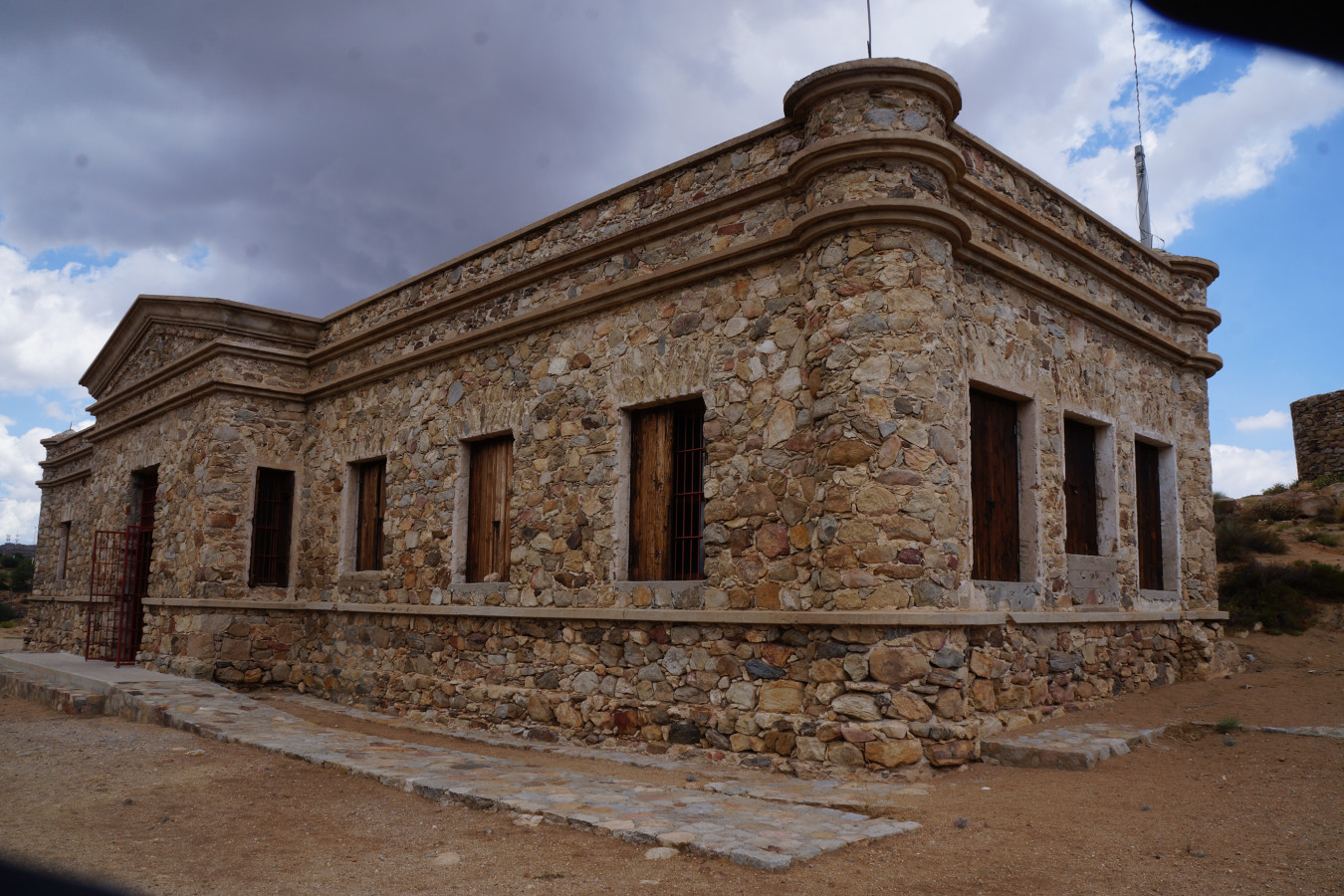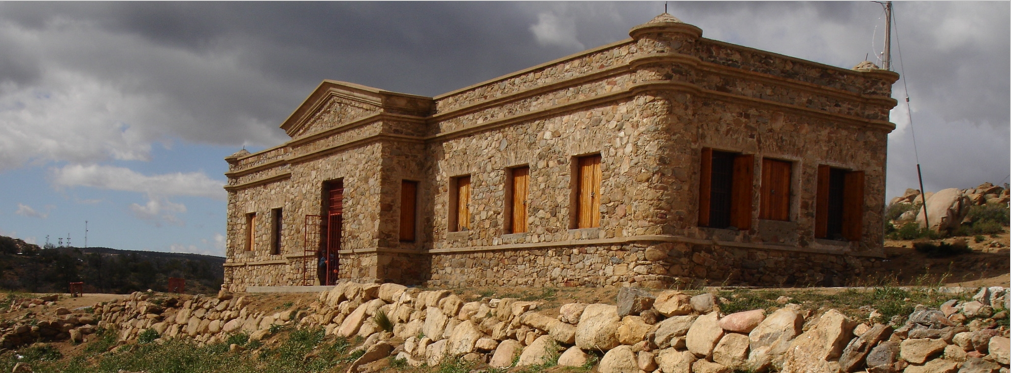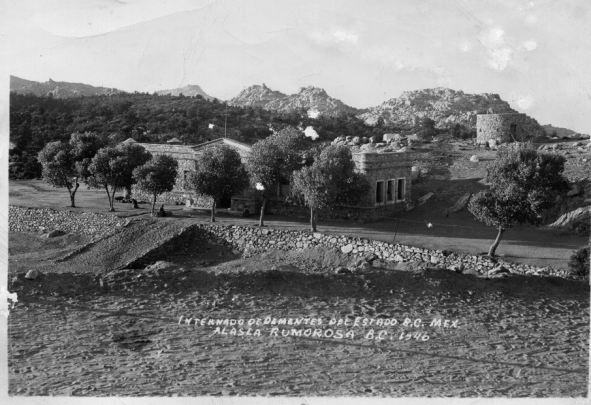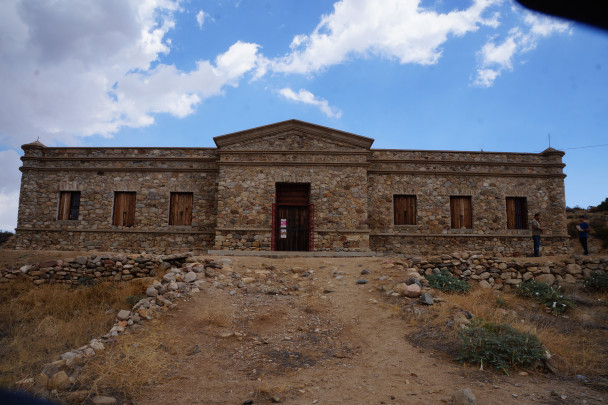Museo de Sitio Campo Alaska
Located in a former federal barracks built by Abelardo L. Rodríguez in the 1920s and restored and refurbished as a museum in 2004. The exhibition comprises pieces belonging to native peoples including the Kumiai, Pai pai and Cucapá, and explains their cultures, legends and traditions. There is also a photography collection that narrates the history of the building.
Historic place
About the museum
Fifteen years after work began on the restoration of the main building of the Campo Alaska Former Barracks, named the Campo Alaska Local Museum, these installations have become an important historical landmark for Baja California.
Campo Alaska is located in the town of Rumorosa, municipality of Tecate, Baja California. It was established between 1923 and 1927 on the initiative of the then governor Abelardo L. Rodríguez and in response to the high temperatures experienced in the state capital of Mexicali from June to October, enabling the government offices to move to the more pleasant climate for working on official matters.
Campo Alaska covers an area of approximately 11 hectares and contains a series of early-20th century buildings, including the former City Hall, School and former Barracks. As well as their intrinsic historical significance, remains of archeological interest were found during the restoration.
The first exhibition mounted in the museum was “National Highway: the Monumental Work of Colonel Esteban Cantú,” material for which was provided by the Center for Studies of the UABC. Comprising 24 photographs, together with two photomurals measuring 122 x 150 centimeters and three measuring instruments loaned by the UABC Faculty of Engineering that were used in the construction of the famous national highway.
The museum’s permanent exhibition is divided into four sections: prehistoric and historic ceramics, archeoceramic studies, and ethnographic and artistic studies.
Campo Alaska is located in the town of Rumorosa, municipality of Tecate, Baja California. It was established between 1923 and 1927 on the initiative of the then governor Abelardo L. Rodríguez and in response to the high temperatures experienced in the state capital of Mexicali from June to October, enabling the government offices to move to the more pleasant climate for working on official matters.
Campo Alaska covers an area of approximately 11 hectares and contains a series of early-20th century buildings, including the former City Hall, School and former Barracks. As well as their intrinsic historical significance, remains of archeological interest were found during the restoration.
The first exhibition mounted in the museum was “National Highway: the Monumental Work of Colonel Esteban Cantú,” material for which was provided by the Center for Studies of the UABC. Comprising 24 photographs, together with two photomurals measuring 122 x 150 centimeters and three measuring instruments loaned by the UABC Faculty of Engineering that were used in the construction of the famous national highway.
The museum’s permanent exhibition is divided into four sections: prehistoric and historic ceramics, archeoceramic studies, and ethnographic and artistic studies.
January 2005
Practical information
Wednesday to Sunday from 9:00 to 16:00 hrs.
Free entry
Camino Nacional, Circuito Alaska s/n, C.P. 21510, Poblado la Rumorosa, Tecate, Baja California
Services
Directory
Encargado
Jaime Velez Storey
This email address is being protected from spambots. You need JavaScript enabled to view it.













